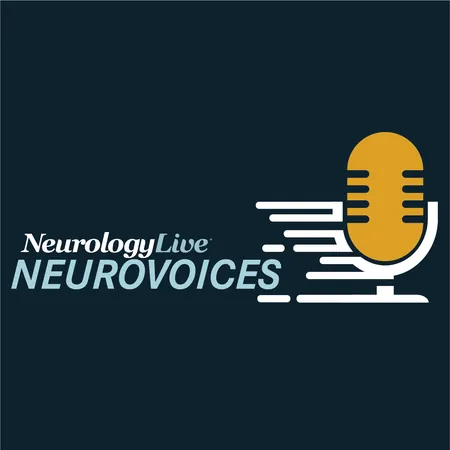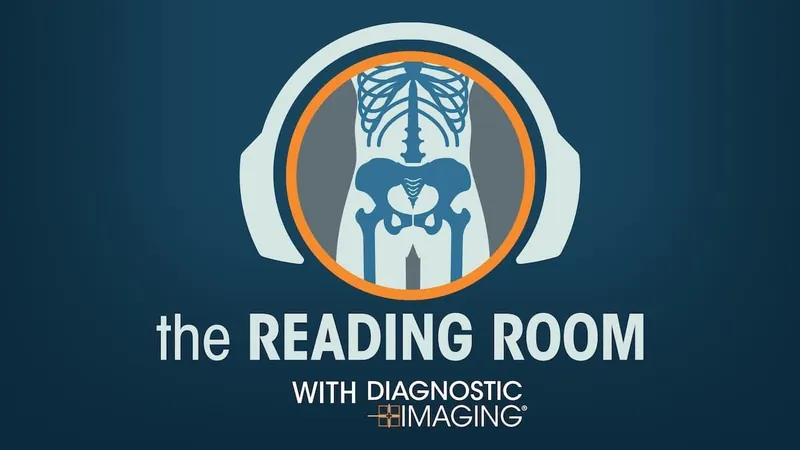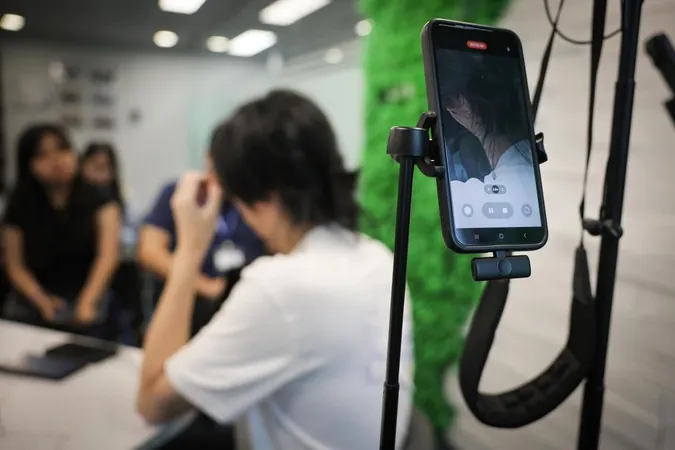
Groundbreaking Study Links Neurostimulators to Fast-Tracking Epilepsy Drug Development
2025-01-22
Author: John Tan
Groundbreaking Study Links Neurostimulators to Fast-Tracking Epilepsy Drug Development
In an innovative exploration of epilepsy treatment, a recent study presented by Dr. Jacqueline A. French at the 2024 American Epilepsy Society Annual Meeting has shed light on how responsive neurostimulators (RNS) can revolutionize drug development for patients suffering from drug-resistant focal epilepsy. This research emphasizes the potential of leveraging long-episode (LE) frequency as a predictive biomarker for assessing the effectiveness of new antiseizure medications (ASMs).
Traditionally, clinical trials require extensive patient enrollment to discern treatment effects. However, integrating biomarkers like LE frequency into proof-of-concept (POC) studies could significantly reduce the number of patients necessary to identify potential treatment signals. The study conducted by Dr. French and her team analyzed data from 45 RNS patients, revealing that a median reduction of 30% in LE frequency corresponded with a 50% decrease in clinical seizure frequency, showcasing a remarkable 70% response rate among patients.
Dr. French, a professor of neurology at NYU Grossman School of Medicine and director of the Epilepsy Study Consortium, expressed optimism about how this could reshape early evaluations for epilepsy therapies. She urged that with the advent of next-generation neurostimulation devices, the medical community could facilitate less invasive monitoring methods. Nonetheless, she acknowledged the challenge of ensuring broader clinical understanding of LE frequency’s utility in enhancing patient outcomes.
The shift towards innovative drug development strategies is timely, considering the surge of novel therapies emerging from burgeoning startups rather than traditional pharmaceutical giants. Dr. French emphasized that these startups require evidence of efficacy in human trials, as animal models often fall short of predicting human responses. Proof-of-concept studies, thus, serve as crucial benchmarks to demonstrate that these groundbreaking drugs could undergo regulatory evaluation.
During her discussion, Dr. French explained how long episodes—prolonged periods of epileptic activity occurring in between seizures—can essentially measure seizure activity when focused on patients experiencing predominantly clinical seizures. This insight allows researchers to assess drug effectiveness in a much shorter timeframe, effectively eliminating the wait for numerous seizures to determine treatment efficacy.
As the discussion progressed, it became clear that while RNS technology is pivotal, its awareness within the larger clinical community remains limited. Dr. French pointed out, "This is the first study of its kind," implying that while RNS may hold the key to optimizing epilepsy treatment, not all clinicians may fully grasp the significance of LE frequency.
Looking ahead, the study is positioned at the forefront of paving new pathways for future epilepsy drug development. Dr. French is hopeful that demonstrating the effectiveness of new treatments through this methodology could streamline their approval and market availability. As more advanced, less invasive devices come into play, such as UniEEG and Epiminder, the data they generate will undoubtedly enhance treatment strategies and improve the quality of life for those battling epilepsy.
As we drive forward into this new era of epilepsy treatment, Dr. French's research offers a beacon of hope not only for patients seeking relief from their debilitating condition but also for the pharmaceutical industry aiming to harness the power of technology in drug development. This could mark a significant turning point in the years to come, transforming how epilepsy is understood and treated. Stay tuned for more insightful developments from the forefront of neurology!



 Brasil (PT)
Brasil (PT)
 Canada (EN)
Canada (EN)
 Chile (ES)
Chile (ES)
 Česko (CS)
Česko (CS)
 대한민국 (KO)
대한민국 (KO)
 España (ES)
España (ES)
 France (FR)
France (FR)
 Hong Kong (EN)
Hong Kong (EN)
 Italia (IT)
Italia (IT)
 日本 (JA)
日本 (JA)
 Magyarország (HU)
Magyarország (HU)
 Norge (NO)
Norge (NO)
 Polska (PL)
Polska (PL)
 Schweiz (DE)
Schweiz (DE)
 Singapore (EN)
Singapore (EN)
 Sverige (SV)
Sverige (SV)
 Suomi (FI)
Suomi (FI)
 Türkiye (TR)
Türkiye (TR)
 الإمارات العربية المتحدة (AR)
الإمارات العربية المتحدة (AR)